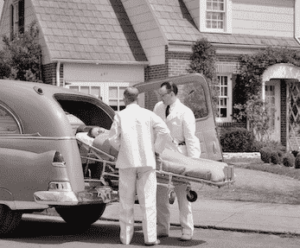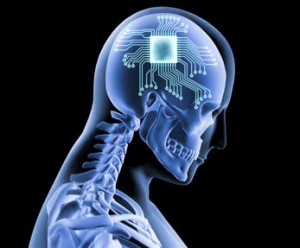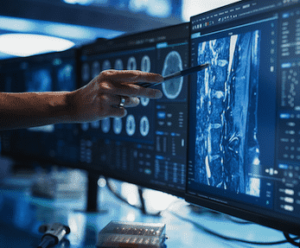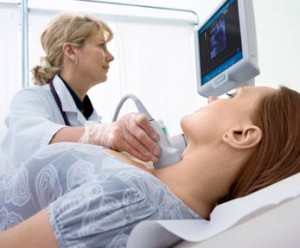Top Paying Med Tech Jobs with an Associate’s Degree (2025-2026)
When one considers the money saved by attending school for one or two years instead of four or eight, there are some extremely attractive opportunities in medical technology careers.
From Battlefields to Bedsides: The Evolution of Modern EMTs
Just six decades ago, you had a better chance of surviving a gunshot wound during the Vietnam War than by being treated in an ambulance on the way to the hospital in the U.S. It's hard to imagine American cities without the blaring, screeching presence of ambulances, but in fact, emergency response services are a relatively new phenomenon.
The Hottest Medical Technologies in 2025
Medical technology has come a long way since the invention of eyeglasses and the stethoscope. The broader availability of mobile internet, the expansion of a more affluent middle class, and an aging global population are all driving change in the healthcare industry, and the associated technology is changing faster than ever before.
The Demand for these Healthcare Jobs is Increasing Most in Each State
The aging U.S. population is rapidly increasing demand for many jobs in the health sector, which has become the fastest-growing part of the national economy. Although many medical jobs require advanced degrees—physicians, nurses, surgeons, etc.—the role growing fastest across most states is generally accessible to anyone with a high school diploma.
The History of Medical Coding Systems & Languages
As technological advancements unlock new capabilities, medical coding will continue to adapt and innovate, promising even more integration, security, and global collaboration in the future.
The Evolution of Digital Wellness Technologies
Digital wellness technologies refer to various tools and applications designed to promote and improve holistic well-being in the digital age. These technologies encompass various platforms, including mobile apps, wearable devices, and online programs specifically developed to monitor and enhance physical, mental, and emotional health
A Complete Guide to the Latest Fertility Technologies
The necessity of fertility treatments cannot be overstated in today's society, where many couples face challenges on their path to parenthood: “One out of six couples are going to suffer from infertility, and those are couples who are trying it on their own. Other patients can benefit from our services, such as patients in same-sex relationships, single women trying to get pregnant without a partner, and women interested in fertility preservation by freezing eggs,” notes Dr. Molinaro.
Infection Prevention Week Advocacy Guide (2024)
One of the many ways infection prevention awareness is heightened globally is through International Infection Prevention Week (IIPW), observed annually in the third week of October. IIPW is critical in educating healthcare professionals and the public about the importance of infection control practices.
Doctors Have Been Diagnosing Patients for Millennia. Soon, Will Robots?
In the classic sci-fi series "Star Trek," humans often relied on their tricorders—handheld devices capable of diagnosing nearly any ailment in seconds. People have long dreamed of a world where machines could identify our medical problems with certainty. While such technology is still far in the future, recent advances in artificial intelligence have made this vision seem less fantastical.
Breast Cancer Awareness Month 2024: Advocacy Guide
Access to care has become a top issue in the hereditary cancer community now that genetic testing has become so widely available. This is especially of concern for previvors, individuals with a known genetic risk of cancer but who have not been diagnosed with the disease, as well as survivors, who may be at heightened risk of other types of cancer as well as recurrence.









